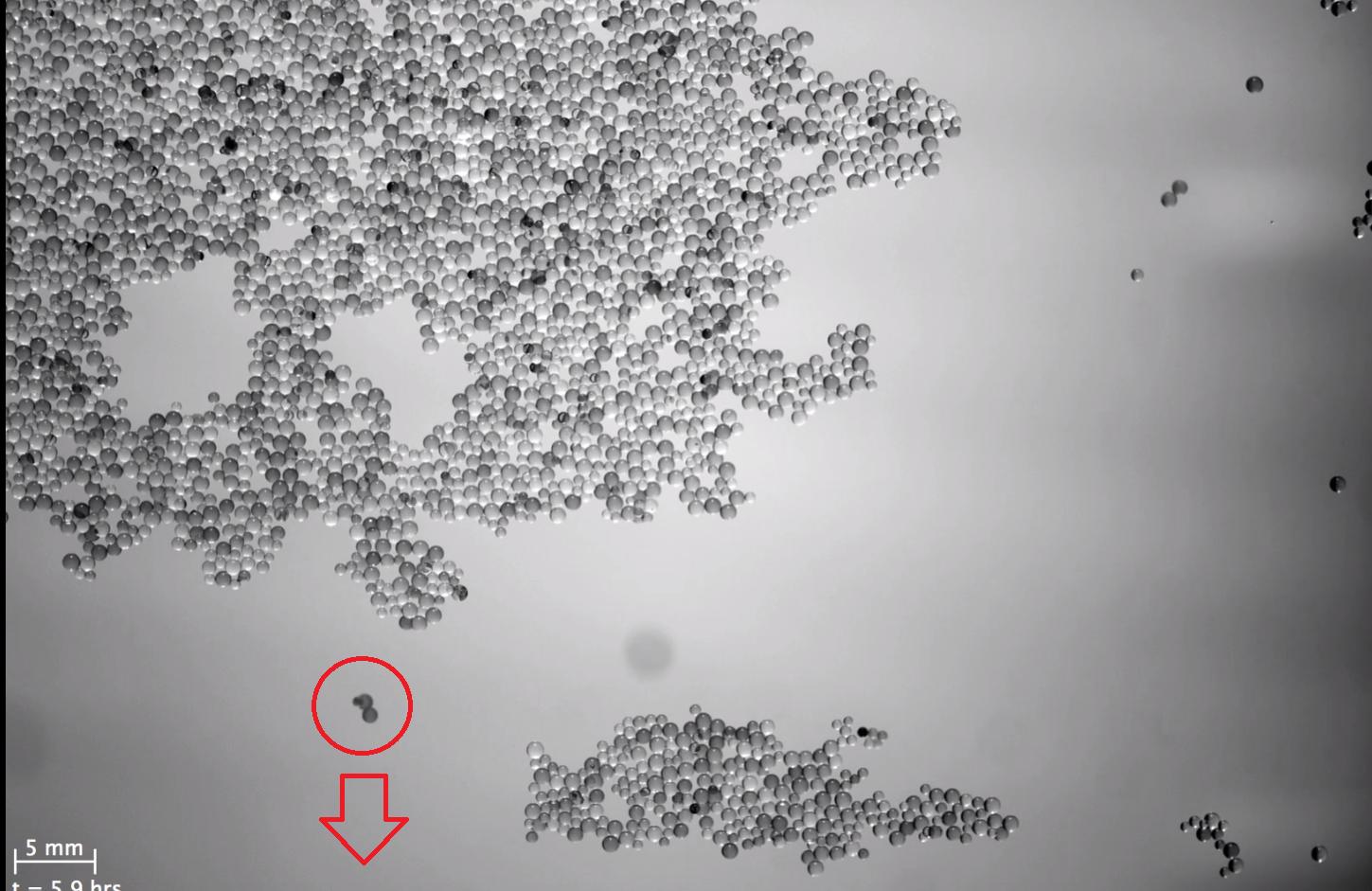I read this article Discovering a new fundamental underwater force which describes the discovery of the mechanism that causes particles in stratified fluids, e.g. the oceans, to move towards others particles and bind together.
The article describes an well known experiment that failed and lead to the initial discovery and ignited the following research:
Like so many discoveries, this one began accidentally, a couple years ago, during a demonstration for VIPs visiting the Joint Applied Mathematics and Marine Sciences Fluids Lab that Camassa and McLaughlin run. The pair, long fascinated with stratified fluids, intended to show a favorite parlor trick—how spheres dumped into a tank of salt water will "bounce" on their way to the bottom, as long as the fluid is uniformly stratified by density. But the graduate student in charge of the experiment made an error in setting up the density of the lower fluid. The spheres bounced and then hung there, submerged but not sinking to the bottom.
Where can I find the original experiment that they intended to perform?
What is the experiment's name?
Can you share a link to a video demo of it?

